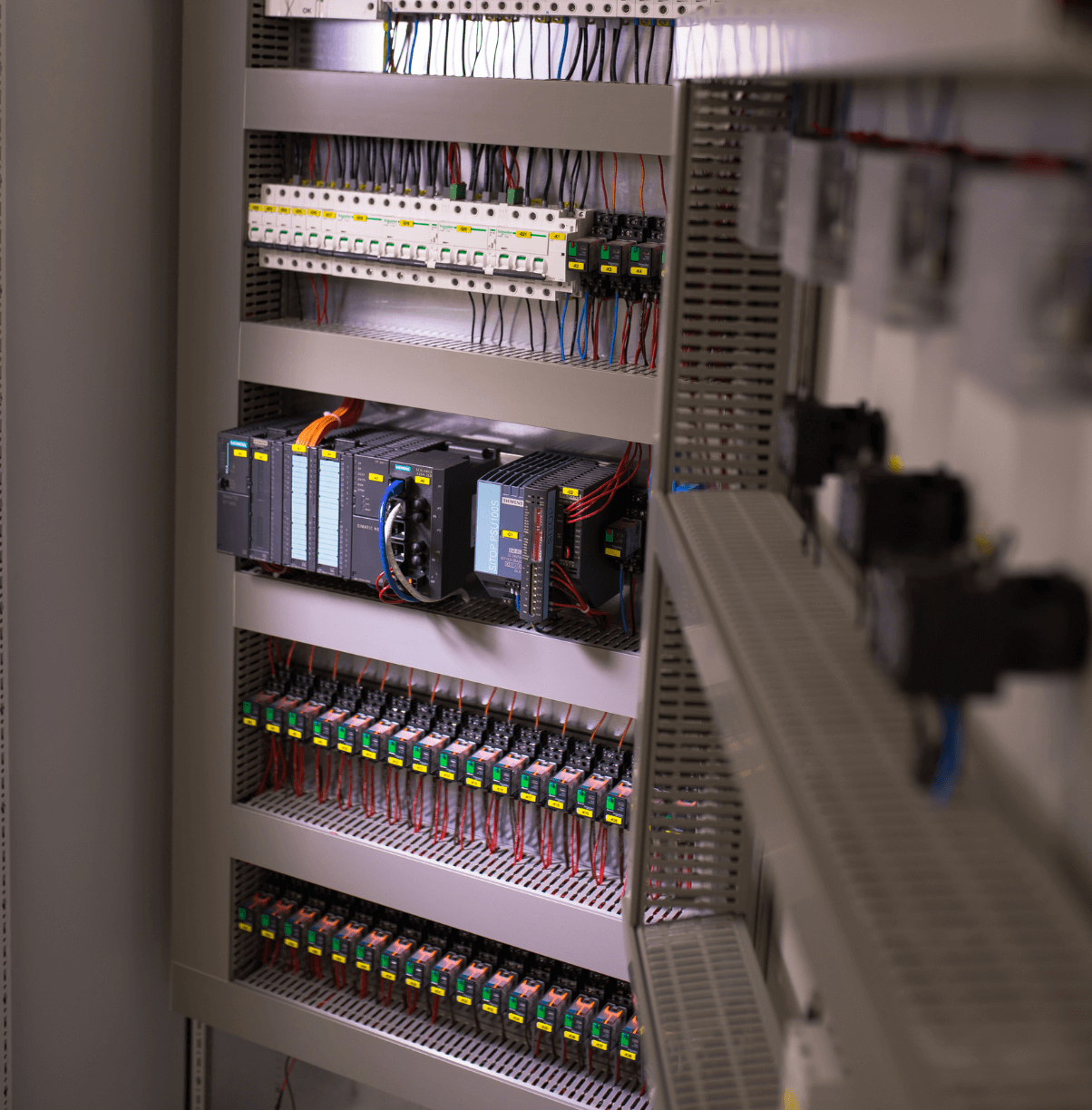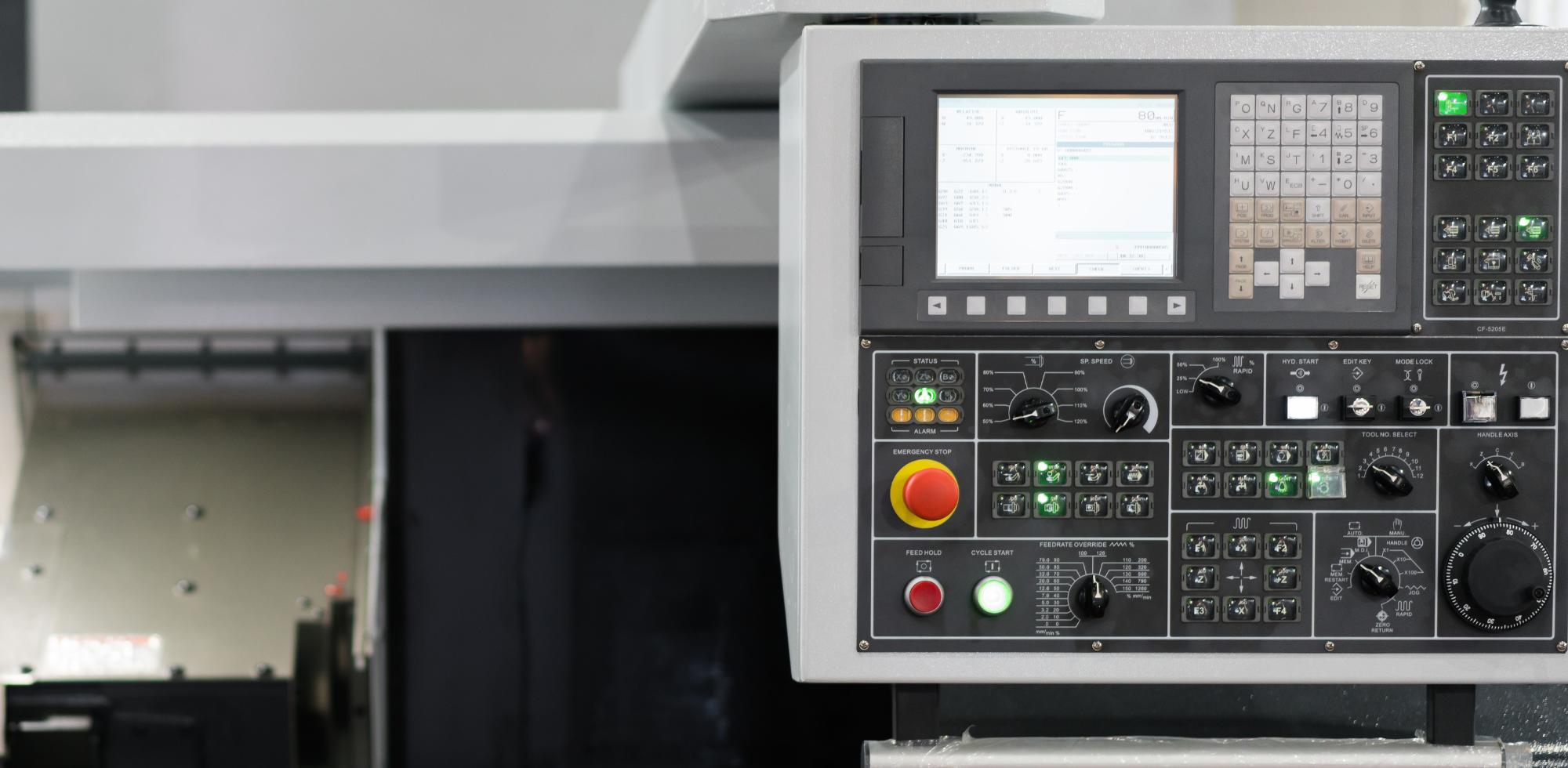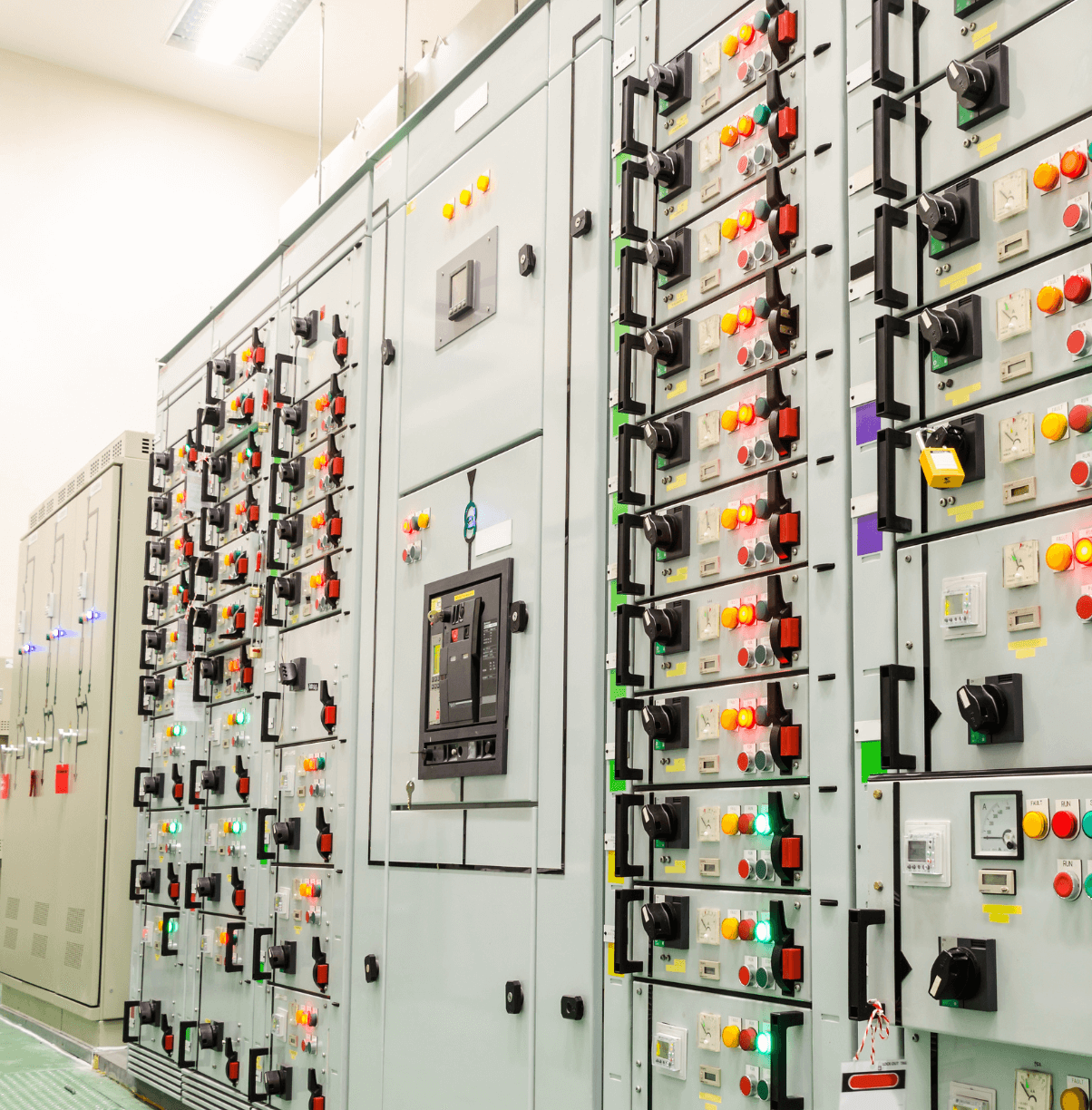In today's rapidly changing market, companies must be able to develop and innovate quickly in order to stay competitive. One way to do this is by designing products that are multi-purpose or multi-functional, which can be used in a variety of applications and environments over the course of their lifetime.
Developing products with these types of capabilities requires careful consideration of a wide range of factors, including tribological, chemical, mechanical, and electrical properties.
This can be a challenging process, as it requires a deep understanding of the requirements and limitations of each of these properties, and the ability to balance them in order to achieve optimal performance.
Using advanced design technology
One way that companies can streamline this process is by using advanced design tools and techniques, such as computer-aided design (CAD) software and simulation tools, which can help to quickly and accurately predict the performance of a product under different conditions. By using these tools, companies can optimize the design of their products and reduce the time and cost of product development.
Overall, the development and innovation of multi-purpose products that satisfy a wide range of requirements is a key challenge for companies in today's market and requires a combination of advanced design tools and a deep understanding of the various properties that affect a product's performance.
When designing, modeling, and manufacturing electronic devices, the biggest challenge is a quick reaction to changing market demands and (most often) short delivery times.
'Just-in-time' production of goods and goods exactly at the moment you need them is a great advantage of modern industries in order to respond to market demands with minimal costs and losses of resources and without creating almost any waste ("zero waste").
3D technology is indispensable
In this context, 3D scanning technology is indispensable, which is less recognized in the industry with CAD/CAM solutions, 3D printers, and CNC machines.
3D solutions for product scanning greatly contribute to shortening development time and speeding up the process of finding the best solution in product redesign.
Using computer programs and 3D scanner equipment, with very high precision, we can record the nature that surrounds us (or a specific product). After scanning the product with the help of CNC machines or 3D printers, a new product is quickly manufactured.
3D scanning technology is a valuable tool for the design and manufacturing of electronic devices, as it allows for the rapid acquisition of accurate, high-resolution 3D data about a product or object.
This data can then be used to create a digital model of the object, which can be modified and optimized using computer-aided design (CAD) software.
Benefits of 3D technology
One of the main advantages of 3D scanning is that it allows for the rapid creation of digital models, which can be used to quickly prototype and test new designs. This can significantly reduce the time and cost of product development, as it allows companies to quickly identify and address potential issues before committing to costly prototyping or manufacturing processes.
In addition to its use in product design and development, 3D scanning technology can also be used to quickly and accurately produce new products using 3D printing or CNC machining. By scanning an existing object and using the resulting digital model as a template, it is possible to quickly produce a new, physical version of the object using these technologies.
Overall, 3D scanning technology is an important tool for the rapid and efficient design and production of electronic devices and is becoming increasingly important as companies seek to respond to changing market demands and shorten delivery times.
Practical use of 3D handheld scanner
For the needs of our development process of production and innovative response to market demands, the company we are using a 3D scanner "HandyScan 307" by Creaform.
What are the benefits of 3D scanning/capturing for engineers and designers?
1) Adaptability
Today's 3D scanner solutions are portable and weigh less than 1kg. They are suitable for manual use with the aim of allowing the user to move more freely through the space or the product itself (vehicles, vessels, living spaces, etc.), in order to record the surface and features of the product being processed. This makes it possible to install the equipment anywhere, as well as to adjust the recording mode itself.
2) Innovativeness
The innovation of 3D scanner equipment is accompanied by strong development in two directions: mathematical models of data processing of software solutions and high precision of manufacturing 3D scanner elements, as well as high sensitivity of instrumental equipment that reproduces laser beams on the object and absorbs the reflective beam that is transferred to the virtual environment on the computer, the point cloud of the object that was scanned. Software solutions come with a lot of tools that make data processing simple and fun. The program for processing the scanned data can be connected to one of the CAD packages that will draw the features we have chosen and based on which we can create a prototype model.
3) Speeding up the production process
3D scanning technology contributes to shortening the time of searching for original documentation or a potential attempt to create documentation using the classic way: manual measuring tools (meter, caliper, protractor, ...) or digital and mechanical equipment (digital micrometers/calibrators, multi-axis machines with measuring with feelers, a robotic arm with a measuring feeler, etc.) for taking measurements from the object being processed.
High precision of dimensional measurement from 0.100mm to 0.025mm. Computer data processing as well as data exchange between different software packages for further processing and release into production
3D handheld scanner in practice
In one of our processes, we are using a 3D handheld scanner.
We are using 3D scanning technology to design and produce busbar systems for use in electrical cabinets. The HandyScan 307 3D handheld scanner is used to capture detailed 3D data about the product, which is then processed using VXmodel software to identify the necessary features and shapes required for the busbar system. This data is then used to create a digital model of the busbar system using a CAD program, which is used to generate cut lists for the copper cutting and bending machines. Finally, the resulting busbars are installed in the electrical cabinet.
Using 3D scanning technology in this way can provide several benefits, including the ability to quickly and accurately capture detailed 3D data about the product, the ability to design and optimize the busbar system using advanced computer-aided design tools, and the ability to generate accurate cut lists for the copper cutting and bending machines. Overall, it seems that 3D scanning technology is an important part of our process for designing and producing busbar systems for electrical cabinets by also shortening production time.



